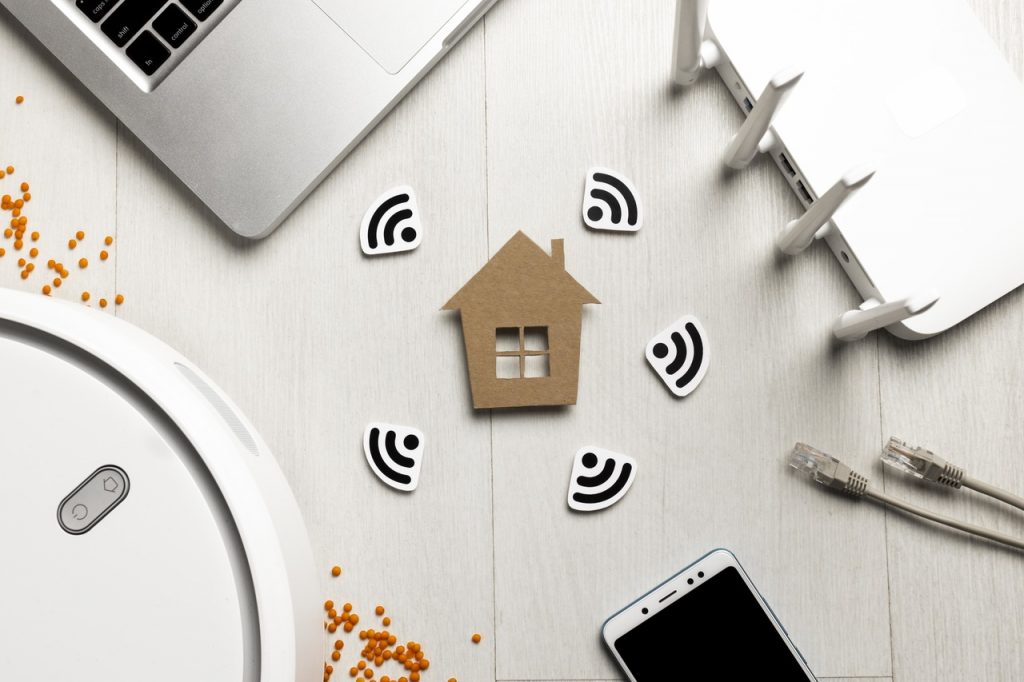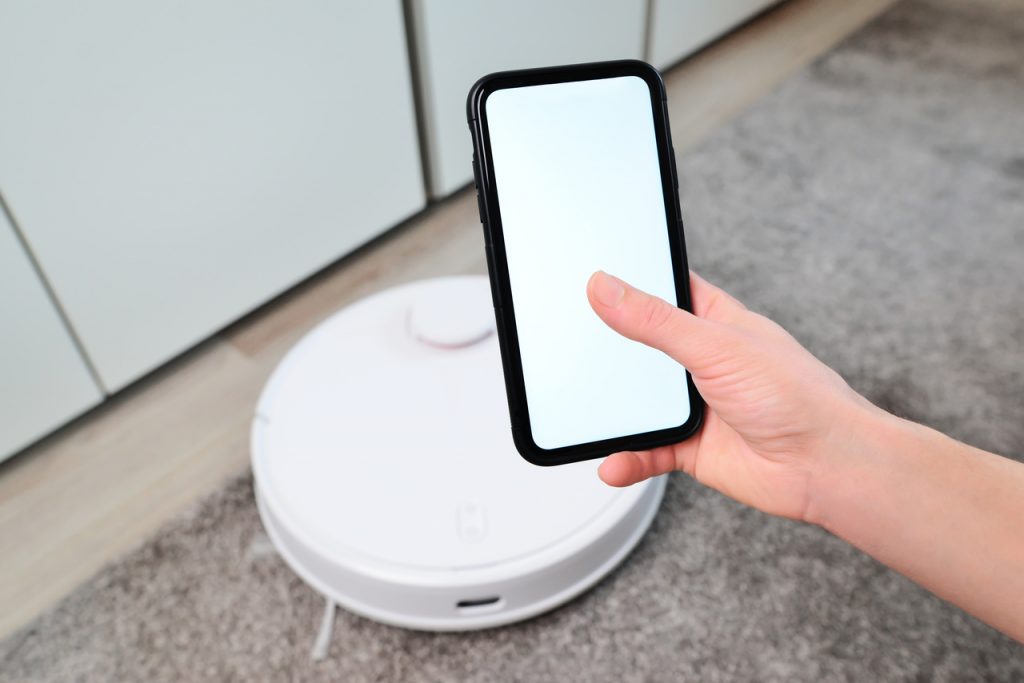Technology isn’t slowing down, and there are plenty of solutions popping up around the world that affect our lives in greater or lesser ways
The smart home, or the idea of a fully automated home that can be controlled by a cell phone, has been popular for several years. 5G makes this idea even more possible with increased speed, efficiency, and savings.

5G is otherwise known as the 5th generation of mobile networking, which is the successor to the 4th generation. It offers many more capabilities than the variants we have seen so far, i.e. 1G, 2G, 3G and 4G. The most notable and desirable feature that 5G has is of course the higher maximum data speed, which reaches levels of several Gbps (the 4th generation network offers only 300 Mbps). Additionally, we will experience lower latency and higher bandwidth, and this and many other factors will translate into a huge increase in performance.
Increased capabilities of the new network open the way to new solutions in the private or business sphere. In addition to streaming, express access to the cloud or other applications, 5G will be especially useful for smart solutions. More and more people are investing in smart homes, and the 5th generation will enable us to improve them.
A smart home is a specially created setup of automated devices where they can be controlled remotely from anywhere using a combination of a cell phone and another networked device. All the equipment connects to each other via the internet, allowing you to control lighting, temperature, access to your home and much, much more.
Contrary to what you might think, legacy smart devices didn’t just include one type of network connection. They worked by using Wi-Fi, Bluetooth and other protocols. With 5G, it will be possible to integrate all devices (including those with low power consumption) over a single network, increasing equipment performance and user capabilities.

Smart home is mainly characterized by electricity saving, as special devices normalize its use depending on whether more electricity is currently needed or not. 5G will enable even greater economy by supporting more devices on a single network. Users will be able to add home appliances that operate automatically to manage energy consumption without manual programming
In addition, it will be possible to connect meters to a central network, which in practice means that energy suppliers will be able to detect energy fluctuations and respond to them quickly enough, reducing the risk of budget losses.
>> See also: Smart Home. Review of modern gadgets for the home
Lower latency and more reliable connections will make smart home devices like doorbells and cameras much more useful, and keep everything in the home connected, no matter how many people are using the Internet at once. Higher speeds mean that users can quickly use the data provided by their smart devices, such as water usage sensors, to detect any anomalies and reduce waste.
The new network can support more users at once than 4G because of its ability to coexist with other wireless signals without any risk of interference. 5G operates in three different bands, which means it can go as fast as it needs to (depending on the device that connects to it).

There is a slight drawback, however. The higher bands also require a clear and direct line of sight to a suitable mast to work. This means cities will need to install more 5G masts compared to 4G. Potentially, we may all need some form of antenna or hub in our homes to gain the most from the innovative technology.